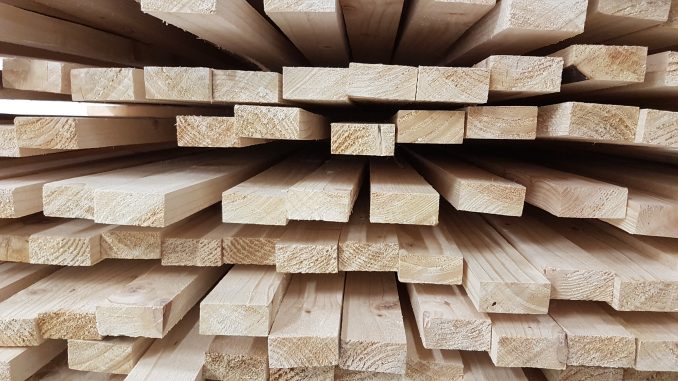
The UK has a British Standard for external timber cladding, BS8605-1, in which support battens are defined as timber components of a section, grade, and durability, suitable for supporting external timber cladding. Clause 17 states that where the density of timber for support battens is required, this should be determined in accordance with EN384. This is because design of support battens might involve structural calculation, for which a characteristic density value (lower 5th percentile, with appropriate adjustments) is necessary.
A short paper, and poster presented at the 15th Annual Meeting of the Northern European Network for Wood Science and Engineering (in Lund, Sweden, October 2019) examines the effectiveness of grading by growth ring width for characteristic density, using UK and Irish grown British spruce as the case study. The grade combination “British spruce” is a mixture of Sitka spruce and Norway spruce – but is ~90% Sitka.
You can download the conference paper and the poster.
There is also some bonus content on this twitter thread
The paper looks at data from 878 small cross-section battens of “British spruce” sourced from sawmills in UK and Ireland. The data comes from projects funded by Coillte, and the SIRT network. The timber was kiln dried, representative of normal production, and was kindly donated by Glennon Brothers Timber, Murray Timber Group, BSW timber and James Jones and Sons. You can compare the figures with outline data from other projects here, here and in the Forest Research Note on Sitka spruce by John Moore, which contains a lot of other useful information too.
Ring width is correlated with density, but does not really help much when grading for density according to the EN384 method because the required reject is high for relatively little improvement in density. Even with 50% reject, the improvement in characteristic density is only about 8%. EN384 and EN14358 statistical reduction factors have the effect of reducing characteristic density for higher reject rates, even with this relatively large initial dataset.
As well as the reject rate, measuring ring width is also time consuming, so instead we recommend simply using the characteristic values of density of the ungraded population.
From this dataset we can say British spruce battens from UK & Ireland have density at 12% moisture content:
5th percentile = 335 kg/m^3 (75% confidence of underestimate)
Mean = 417 kg/m^3
95th percentile = 498 kg/m^3 (75% confidence of overestimate)
We have talked about ring width, growth rate, and density a couple of times before on this blog.
Ring width, growth rate, and trends in properties for spruce
Ring width and density in general
And also why density from grading doesn’t necessarily give you a good idea of density for working out the weight of the timber.

Leave a Reply
You must be logged in to post a comment.